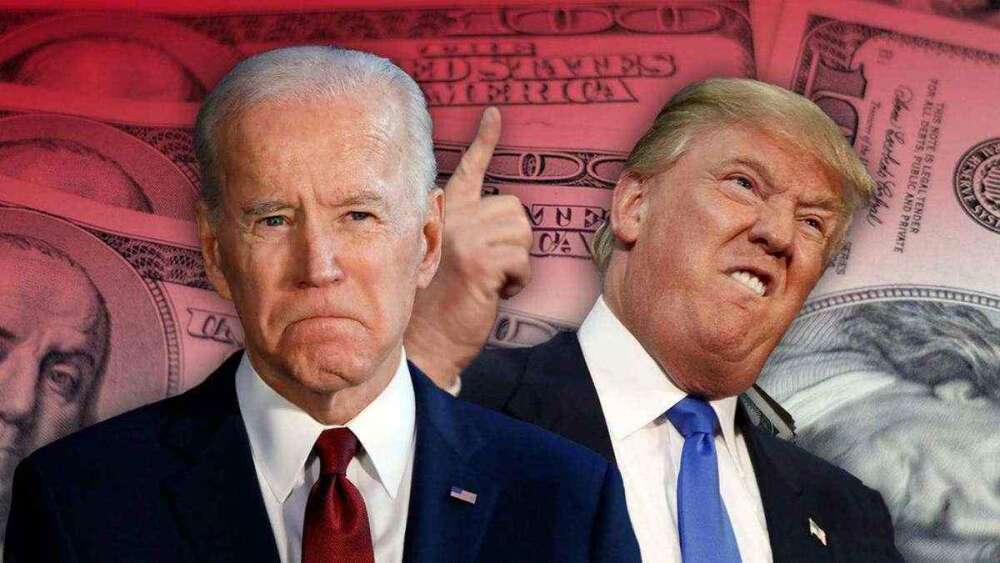
The periodic, schedule conversion of a fixed asset into expense as an asset is called depreciation and is used during normal business operations. Since the asset is part of normal business operations, depreciation is considered an operating expense. His home office is 10 percent of his house so so 10 percent of his mortgage, home insurance, property taxes, water bill and electricity bill are fixed costs for his company. His van depreciates at a rate of 15 percent per year, which is a fixed cost. He also has to pay for general liability insurance and a contractors licence via his state. The fixed asset’s value minus all the depreciation that has been recorded against it is called depreciated cost.
How to Buy Homeowners Insurance in 2023 – MarketWatch
How to Buy Homeowners Insurance in 2023.
Posted: Tue, 05 Sep 2023 19:52:05 GMT [source]
The formula determines the expense for the accounting period multiplied by the number of units produced. The accumulated depreciation is equal to the sum of the incurred depreciation expenses. The depreciated cost can also be calculated by deducting the sum of depreciation expenses from the acquisition cost.
Want More Helpful Articles About Running a Business?
The original office building may be a bit rundown but it still has value. The cost of the building, minus its resale value, is spread out over the predicted life of the building, with a portion of the cost being expensed in each accounting year. It is based on what a company expects to receive in exchange for the asset at the end of its useful life.
This reducing balance approach is also known as the writing down value method or the declining balance method. Under this technique, a fixed percentage of depreciation is charged to the net balance of the fixed asset in each accounting period. As such, the actual cash paid out for the purchase of the fixed asset will be recorded in the investing cash flow section of the cash flow statement. Companies may choose to finance the purchase of an investment in several ways. Regardless they must make the payments for the fixed asset in separate journal entries while also accounting for the lost value of the fixed asset over time through depreciation. Fixed costs are the expenses that remain the same with an increase or decrease in the number of products and services manufactured and sold.
Fixed cost
Depreciation cost is the amount of a fixed asset that has been charged to expense through a periodic depreciation charge. The amount of this expense is theoretically intended to reflect the to-date consumption of the asset. Before determining whether depreciation is a direct cost or indirect cost, we must first clarify the related terms, which are noted below. Generally speaking, there is accounting guidance via GAAP on how to treat different types of assets. Accounting rules stipulate that physical, tangible assets (with exceptions for non-depreciable assets) are to be depreciated, while intangible assets are amortized.

That said, fixed costs is a concept used in short-term cost accounting, a method of accounting in which all costs are classified and recorded in the books. The depreciation of company automobiles can benefit significantly from using this strategy. When calculating depreciation using this method, an asset’s useful life is considered. Depreciation is calculated using this method by dividing the total net cost of the asset by the expected useful life. For example, the total number of miles travelled by a car can be used to calculate its useful life.
How Do You Calculate Depreciation Annually?
On a balance sheet, depreciation is recorded as a decline in the value of the item, again without any actual cash changing hands. Companies have several options for depreciating the value of assets over time, in accordance with GAAP. Most companies use a single depreciation methodology for all of their assets. Thus, the methods used in calculating depreciation are typically industry-specific. Thus, the depreciated cost decreases faster at first and slows down later. The double declining-balance depreciation is a commonly used type of declining-balance method.
- The term amortization is used in both accounting and in lending with completely different definitions and uses.
- If the same crane initially cost the company $50,000, then the total amount depreciated over its useful life is $45,000.
- Assets that are expensed using the amortization method typically don’t have any resale or salvage value.
- Depreciation of fixed assets must be calculated to account for the wear and tear of business assets over time.
- Most companies use a single depreciation methodology for all of their assets.
The fixed tangible assets typically come with a high purchase cost and a long life expectancy. Expensing the costs fully to a single accounting period doesn’t portray the benefits of usage over time accurately. Thus, the IFRS and the GAAP allow companies to allocate the costs over several periods through depreciation. Unlike fixed costs, variable costs are directly related to the cost of production of goods or services. Variable costs are commonly designated as the cost of goods sold (COGS), whereas fixed costs are not usually included in COGS.
Is Depreciation an Asset?
She took out a line of credit to buy a new laptop six months ago and the interest on that is a fixed cost. A dog grooming company needs to pay rent for its space and pays a flat rate for utilities like cell phone, internet and electricity. They work the same number of hours every week, so payroll is generally fixed. The owner took out a business loan some years ago to buy equipment and she regularly pays interest on the balance. She is also required by her state to pay for a Pet Grooming Facility License on an annual basis.
Africa tax in brief – September 2023 – Lexology
Africa tax in brief – September 2023.
Posted: Wed, 06 Sep 2023 16:11:08 GMT [source]
Fluctuations in sales and production levels can affect variable costs if factors such as sales commissions are included in per-unit production costs. Meanwhile, fixed costs must still be paid even if production slows down significantly. Companies have some flexibility when it comes to breaking down costs on their financial statements, and fixed costs can be allocated throughout their income statement. The proportion of fixed versus variable costs that a company incurs (and how they’re allocated) can depend on its industry. Since fixed costs are not related to a company’s production of any goods or services, they are generally indirect.
Presentation in Financial Statement:
Companies with high fixed costs also require a different financial structure. To finance these expenses, fixed cost-intensive businesses need the right mix of financing. Buildings, furniture, office equipment, machinery, and other predetermined overhead rate fixed assets are examples of the same. The sole exception is land, which cannot be depreciated since its value increases with time. Depreciation is also a non-cash expenditure because it does not entail any actual cash outflow.

A financial advisor is a good source for help understanding how depreciation affects your financial situation. The most common depreciation method is the straight-line method, which is used in the example above. The cost available https://online-accounting.net/ for depreciation is equally allocated over the asset’s life span. As the depreciation expense is constant for each period, the depreciated cost decreases at a constant rate under the straight-line depreciation method.
